Think your last trip was wild? Wait until you meet the campers who braved jungle patrols, built rigs in their garage, parked four deep on a Baja beach, and once offered mouthwash to a humpback whale. Strap in, start up, and hold onto your roof cover!
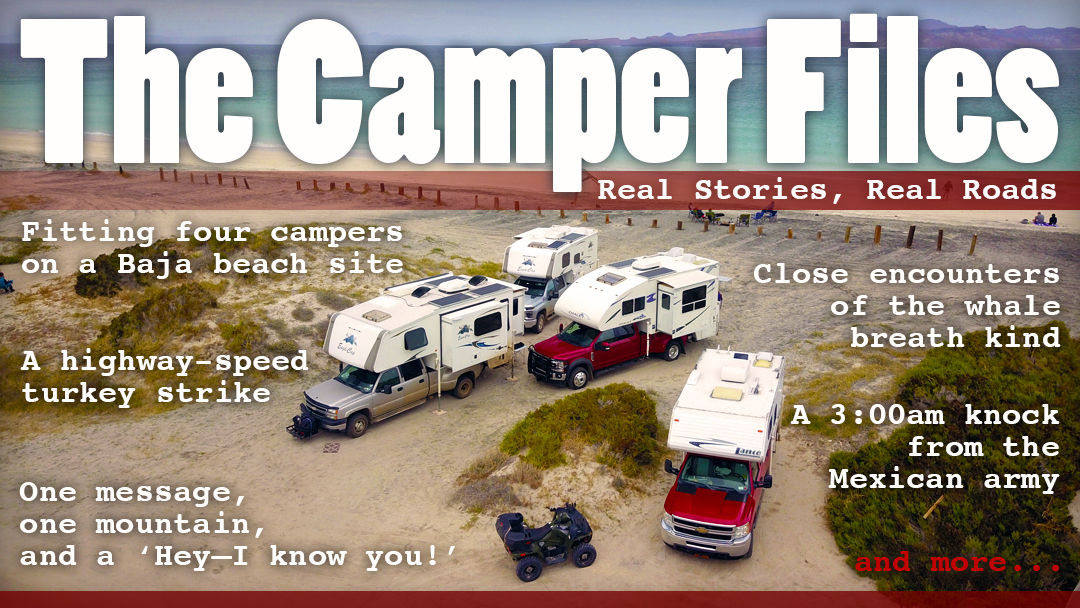
There’s just something about truck campers. Maybe it’s the freedom to boondock under the stars, the thrill of backroads that would terrify a fifth wheel, or the smug satisfaction of sliding into a tight parking spot while the Class A crowd circles the lot like vultures. But more than anything, it’s the stories.
And oh, do our readers have stories.
In this issue, we’re throwing open the camper doors and inviting you in for a wild ride through the real-life tales of truck camper owners who’ve lived to tell the tale—and sometimes duct-tape things back together along the way.
You’ll meet John Skevington, who swapped his fifth wheel for a truck camper after watching a Baja-ready rig pull into a Mexican campground looking like it had just conquered the Dakar Rally. Two years later, John was deep in the jungle, sleeping above a river possibly trafficked by smugglers, wondering if the howler monkeys or the Mexican Army would knock on his door. It’s not your average KOA experience.
Then there’s Bruce and Pam Gordon—the MacGyvers of Marstons Mills—who designed and built their own camper in a garage with nothing but blue tape, elbow grease, and an engineering mindset that would make NASA jealous. Their tiny-but-mighty DIY rig has conquered 48 states, taken on a kamikaze turkey at highway speeds, and averaged 18 MPG. Did we mention it’s also cozy, self-contained, and outfitted with Pam-powered interior design magic?
Meanwhile, up in Alberta, Gordon Pitt and Monnie King figured out how to haul a freezer full of fish, install Starlink in the wilderness, and enjoy intimate encounters with whales—up close, personal, and apparently breath mint-deprived. Their camper setup has evolved from tent-pitching and boat-hauling to an off-grid fishing fortress with solar power, airbags, and just enough freezer space to make a Costco manager blush.
And don’t miss Charles Coushaine, who ditched the towing life after a decade of research and went all in on a double-slide Chalet for the journey of a lifetime—including Baja. Picture this: camping feet from the ocean, sipping local beer, and touching whales from your boat while four campers—parked like a Tetris master’s dream—fit into a single beachside spot. Yes, there’s a video.
Finally, we ride along with Larry and Joyce Sommerfield, who went from zero RV experience to truck camper pros inspired by YouTube and the call of Alaska. Their highlight reel includes a brush with Old Faithful, a real-world Facebook meetup in the middle of New Mexico, and a cameo at the Texas Truck Camper Rally, where they met the team responsible for these electrons—and Cosmo!
What ties all these stories together? Freedom. Flexibility. A sense of adventure. And the ability to fix just about anything with zip ties, clever design, or a well-placed question on a Facebook group.
So buckle up and enjoy the ride—these are your stories, your memories, and your truck camper tribe.
John Skevington
Sandy Level, Virginia
2005 Ford F-350
2006 Adventurer 90FWS
Prior to getting a truck camper, we had been full-time RVers in a fifth wheel for eight years, crisscrossing the country and traveling from Alaska to Central America. Along the way, there were countless places we couldn’t access in our fifth wheel. Roaming BLM lands, following the Lewis and Clark Trail over mountain passes, exploring old mining sites in Alaska—these were all places we planned to revisit with something more nimble.
While camped in Veracruz, Mexico, a truck camper pulled in next to us. The truck was four-wheel drive, outfitted with a winch and gnarly-looking off-road tires. I turned to my wife and said, “That would be the perfect set-up for traveling the Baja,” which was already in our future plans.
I filed the thought away, and within two years, we had traded the fifth wheel for a truck camper. We also traded our truck for a newer model after the previous one lost its transmission in Guatemala, stranding us for several weeks—but that’s another story.
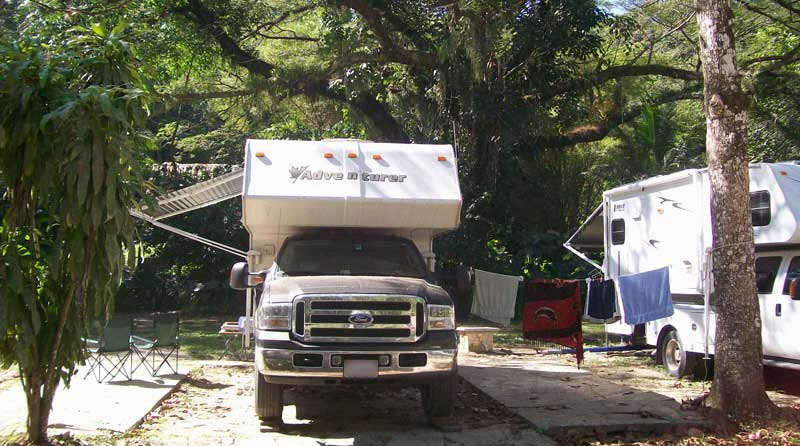
Our criteria for a camper were straightforward: relatively lightweight, no more than two feet of overhang, and equipped with the usual features—a refrigerator, cooktop, air conditioner, furnace, and of course, a bathroom. We also needed room on top for our two kayaks and solar panels.
We planned to live in it for months at a time and go off-road whenever the opportunity arose. Solar was essential for boondocking, but since air conditioning wasn’t, we had no interest in adding a generator.
The truck needed to be four-wheel drive with highway/off-road tires, have a beefed-up suspension, and single rear wheels. We never added a winch—fortunately, we never needed one.
Later, we were camping in the jungle near the ruins of Palenque, Mexico, along with friends who were also in a truck camper. Multi-colored toucans flashed through the trees, and howler monkeys roared in the distance. If it hadn’t been for the heat, it would’ve been an ideal place to while away the time.
In that moment, I was debating visiting the Mayan ruins of Yaxchilan, which were situated on an oxbow bend in a river dividing Mexico and Guatemala. The trip would require several hours of driving on a rough jungle road, followed by an hour-long boat ride upriver—according to what I’d read. After discussing the plan, we decided to go for it.
The next morning, the four of us set out. The road was narrow, overhung by low trees, and lined with thick jungle growth. We saw no other vehicles. After passing through the rough-and-tumble frontier town of Frontera Corozal, we found the river. I chose to camp on a bluff overlooking it; our friends opted for a safer spot. That night, we were kept awake by the sounds of growling engines, flashing lights, distant voices—smugglers, maybe—and a 3:00 AM visit from a Mexican army patrol.
After the sleepless night, we reunited with our friends, found a boat, and struck a deal to take us to the ruins—and, hopefully, to bring us back.
Not wanting to spend another night by the river, we found a guest house whose owners kindly let us stay in their parking area. The return trip to Palenque was uneventful, except for a low-hanging branch that tore off our rooftop refrigerator cover. We fixed it easily enough with a plastic storage container from a local shop. The camper now looked like it truly belonged in Mexico.
Bruce and Pam Gordon
Marstons Mills, Massachusetts
2004 GMC Canyon
2010 DIY camper
About fourteen years ago, Gordon happened to see our camper at Anastasia State Park in Florida. Our sites were not far apart. He gave me a Truck Camper Magazine postcard. I’ve read every issue since!
Our truck camping story started with a rented Class C motorhome and a window-side lunch break overlooking the Painted Desert. We were on our way back from a wedding in Phoenix, fresh from a visit to the Grand Canyon, when the view stopped us cold. That moment—watching the desert stretch endlessly under a brilliant sky—flipped a switch. We didn’t just want to vacation anymore. We wanted to explore. Deeply. Fully. Frequently.
Owning a GMC Canyon at the time, we started looking into truck campers that could match our spirit of adventure. The Northern Lite 610 stood out as a solid contender, but there was one big issue: it wasn’t self-contained. We needed the works—usable counter space, real storage, heat, hot and cold water, a fridge, a shower, and at least a porta-potty. If we were going to travel far and often, comfort couldn’t be compromised. So, we made the leap most people avoid: we decided to build one ourselves.
From the start, it was clear this build wouldn’t be simple. Our truck bed was just six feet long, with a tight 41 inches between the wheel wells. We were also limited to a 1,654-pound payload, including passengers. That meant every square inch and every pound had to be carefully accounted for.
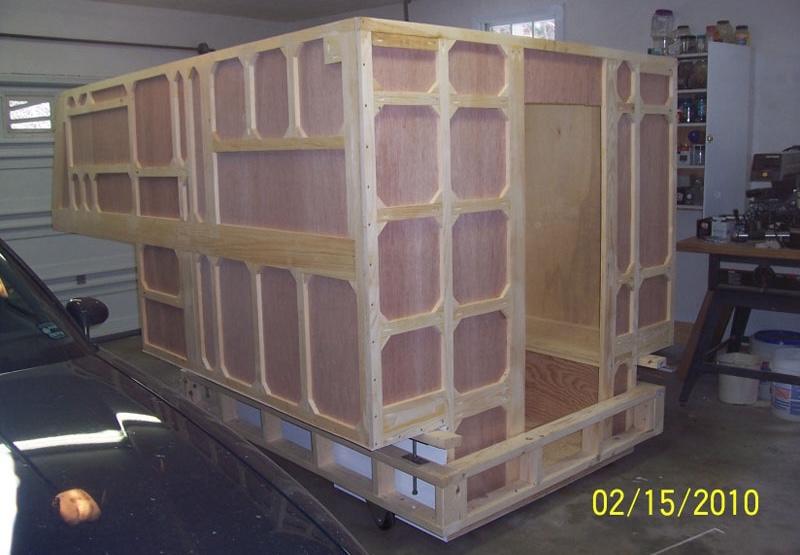
Our garage became the planning room. We laid out tape lines and began building a jigsaw puzzle of essential appliances and gear—everything from the compact Thetford porta-potty to the Suburban furnace was measured, weighed, and slotted into our design. We estimated the final weight at about 1,150 pounds. When we finally finished the build, minus the jacks, it came in at a lean 1,035 pounds.
The first piece we tackled was the floor. From there, we moved on to the wings and the box—ten parts in all—followed by full insulation and sealing. We built and attached each wall individually, then added the bed, ceiling, and roof supports. It was slow, methodical work.
Pam stepped in to make the space livable, handling the curtains, cushions, and flooring, giving it the feel of a true home on wheels. We installed wiring, gas lines, cabinetry, and plumbing. Once the walls were up, we added siding, a rubber roof, the windows, and the door. One of our favorite problem-solving moments was creating a sliding lap-joint table for the dinette, designed and built on the final day.
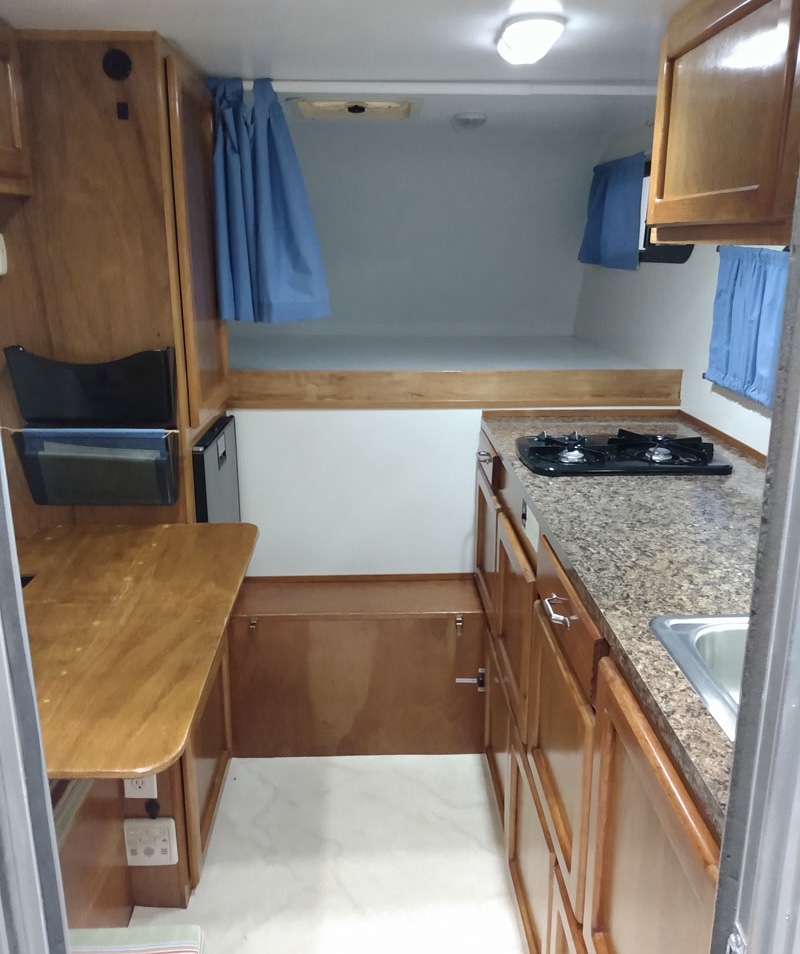
Naturally, we hit a few bumps. For instance, we accidentally installed the hookups on the wrong side. (Lesson learned.) The flat roof also collected rainwater, so if we ever did a version two, we’d design a sloped roof and round off the cabover for better aerodynamics.
As we traveled, we kept refining: better storage, USB ports, a lighter TV setup, porch lights, and a 12V compressor fridge to replace the original. And in 2013, when a turkey struck the camper, we learned the value of durability and roadside flexibility.
Despite a few DIY quirks (nylon instead of copper clamps, for example), our camper meets most NFPA 1192 standards. It’s 10’6″ long, 6’1″ inside, and holds 14 gallons each of fresh and gray water. With a 100Ah battery, we average 18 MPG, once hitting 22 MPG in Rocky Mountain National Park, thanks to the high altitude.
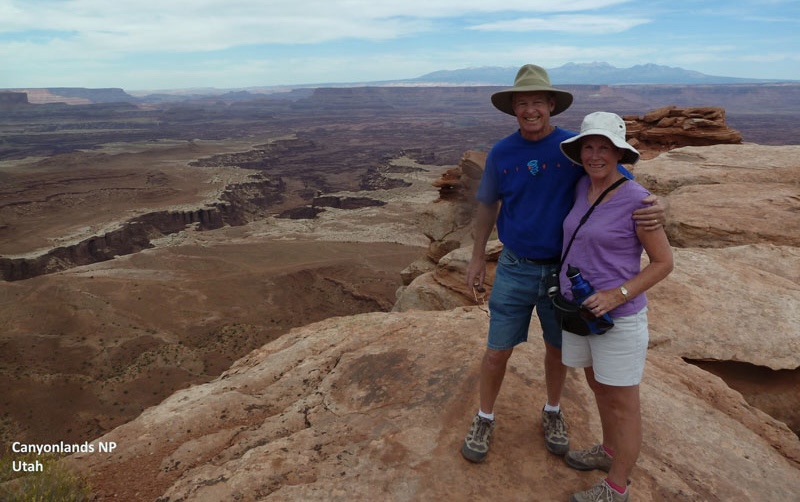
Since finishing the build, we’ve logged over 73,000 miles, traveling through all 48 lower states, the Canadian Rockies, and the Maritimes. One trip alone clocked in at 9,500 miles. Though limited to 3–4 days of dry camping due to water, we’ve spent over a full year on the road in our camper. We’re excited about a trip to Montana this spring based on TCM’s Montana article.
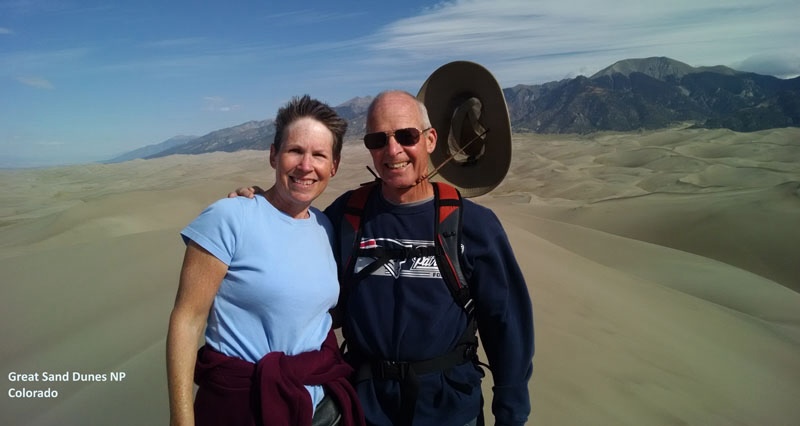
We live on Cape Cod. Westbound, we usually stop to see our daughter and family in Chicago. Southbound, we do the same with my son’s family in North Carolina. In the winter, we’ve often built houses through Habitat for Humanity’s RV Care-A-Vanner program. Most importantly, while traveling, we don’t have any responsibilities except for enjoying ourselves. What could be better?
For us, truck camping isn’t about sitting in a campground. It’s about waking up with the sunrise over a canyon, cooking dinner beside a mountain lake, and discovering communities and natural wonders most people never see. It’s about living simply, with purpose, and without unnecessary weight—literally or figuratively.
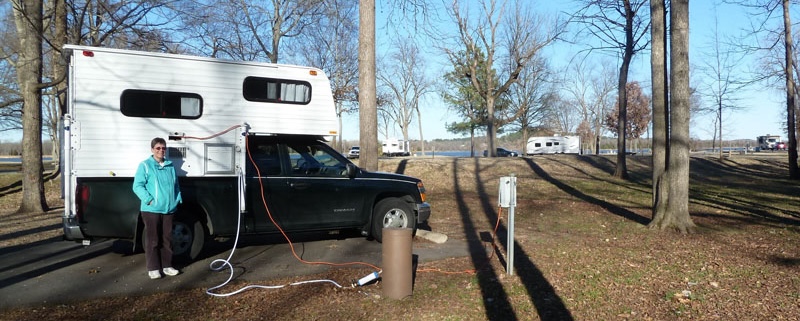
Building our truck camper from scratch wasn’t just a project. It was a turning point. It gave us the freedom to travel our way, on our terms—and to make the kind of memories that last a lifetime.
Gordon Pitt and Monnie King
Pincher Creek, Alberta
2024 GMC Sierra 3500HD
2011 Adventurer 86SBS
Well, it all began for me with a move from Vancouver Island to Regina, and then to Faust, Alberta, in 1981 for a career with the Royal Canadian Mounted Police (RCMP). Shortly after that, I met my wife, Monnie. She was also working in Alberta, but originally from Ontario. Monnie’s entire family was involved in commercial fishing on Lake Nipigon, and she truly enjoyed fishing as a pastime.
Because of my dad, I started fishing the West Coast at a very young age, and it quickly became a passion. Naturally, Monnie and I began fishing together nearly every summer. We fished everywhere—from the West Coast of British Columbia to Lake Nipigon, Lake Superior, Lake of the Woods—you get the picture.
Back then, we camped in tents. Our first boat was a 14-foot open aluminum car-topper (a Springbok with a 20 hp Merc). We later upgraded to a 16-foot Starcraft. That boat came on a trailer, and we definitely needed a truck to tow it, so we bought an F-150. Around that time, we also started renting VRBO places, which kept us close to more populated areas—or at least areas where there were rental options.
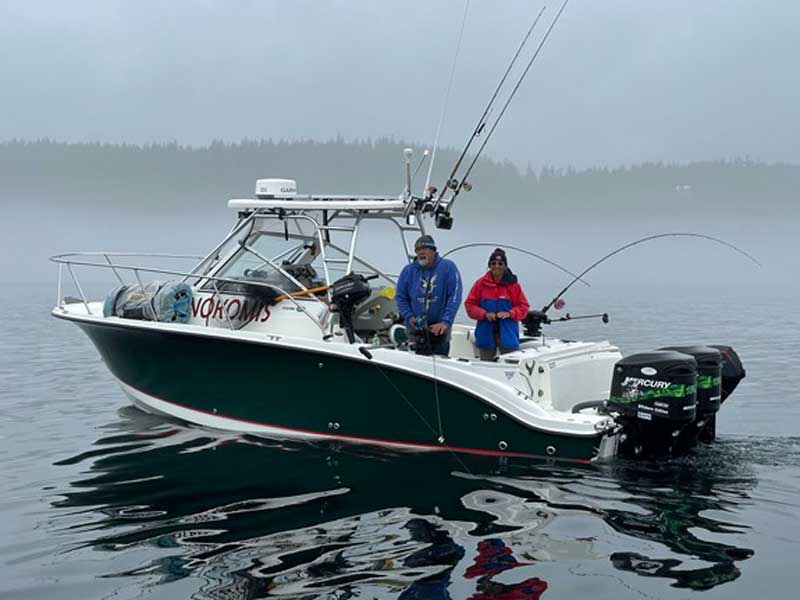
Eventually, we bought a brand-new Outlaw Jet Boat from Red Deer (a Nahanni 20), and that’s when the pick-up and camper entered the picture—believe me, that was a definite step up and a proper setup. I built our first camper from scratch to fit the F-150. We loved having a camper so much that a year later, we purchased an Eagle Cap 711—our first “real” camper—which worked nicely with our truck.
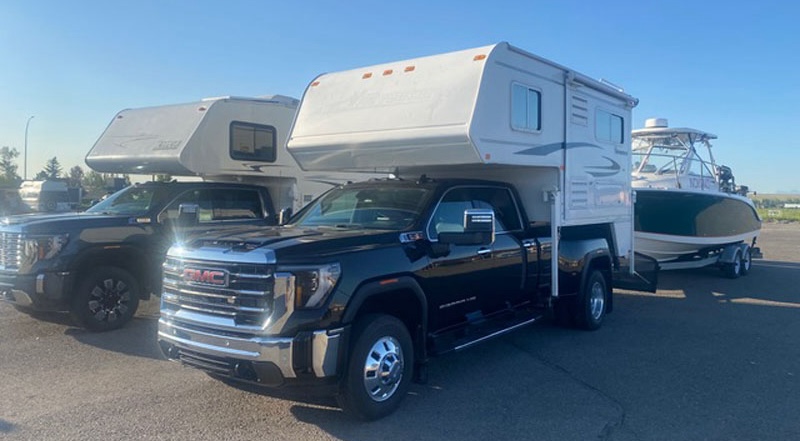
These days, we travel with a 2024 GMC 3500 HD dually and an Adventurer 86SBS (single big slide). There’s plenty of room and storage for our month-long trips.
Our pickup camper setup allows us to tow our boat and gives us real freedom. The larger camper even lets me carry a 5- to 6-cubic-foot freezer for the fish we catch—it fits perfectly in the slide-out. And with the larger truck, we can pull our twin 27-foot offshore boat, and when the camper is off, the truck is still great for everyday errands.
As we got deeper into off-grid adventures, I saw the need for more capability. So, I designed and added a one-kilowatt solar array and a 3,500-watt inverter. I also installed Starlink, which gives us reliable internet access even when we’re off the beaten path—an absolute game changer. To keep things riding level, I added airbags to the truck suspension. Not only does that improve the ride, but it also helps keep the headlights from blinding oncoming traffic.
If I had to pare down our experiences with the truck and camper to one defining benefit, I’d say it’s the ability to reach places that let us enjoy sea life—especially the whales. The humpbacks are incredibly friendly and completely unconcerned with us while we’re out fishing. We always exercise care and try to steer clear of them, but now and then our paths cross.
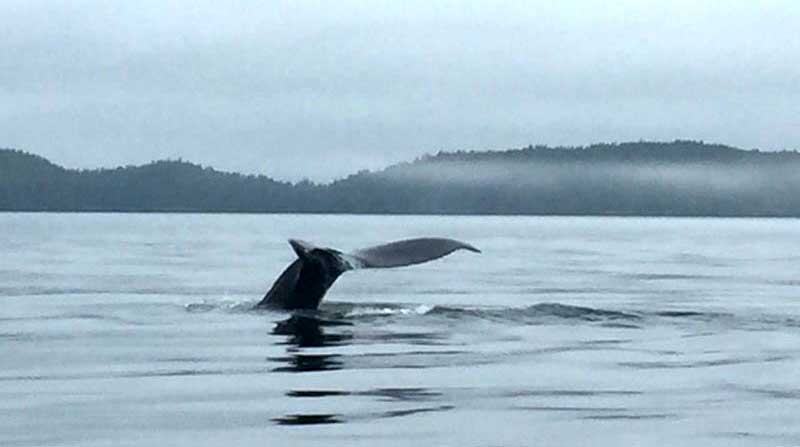
Because humpbacks don’t use sonar, I make sure to pull everything in—lines, downriggers—when they’re nearby. It turned out to be a smart move one day when a humpback swam directly under our boat. I caught it all on video as this beautiful creature surfaced right beside us. Monnie got a great video too, while I was running around trying to find some mouthwash to offer the poor beast—honestly, it had the worst breath I’ve ever encountered! It was a moving experience for both of us, one we’ll never forget—all made possible by the places we can now reach.
Fishing is still the main focus of our truck and camper setup, though we’re now considering doing the snowbird thing next winter. We’re always up for the next chapter.
Charles Coushaine
Punta Gorda, Florida
2022 Ford F-550
Chalet DS116RB
After owning a tag-along camper and then a fifth wheel, I knew all about towing and the effort it involves. But when we retired and set our sights on exploring the country, I knew the trip had to be about the journey—not the hassle of towing. I wanted a truck camper that could fit anywhere, pull into any gas station, squeeze into any State or National Park, and be easy to drive.
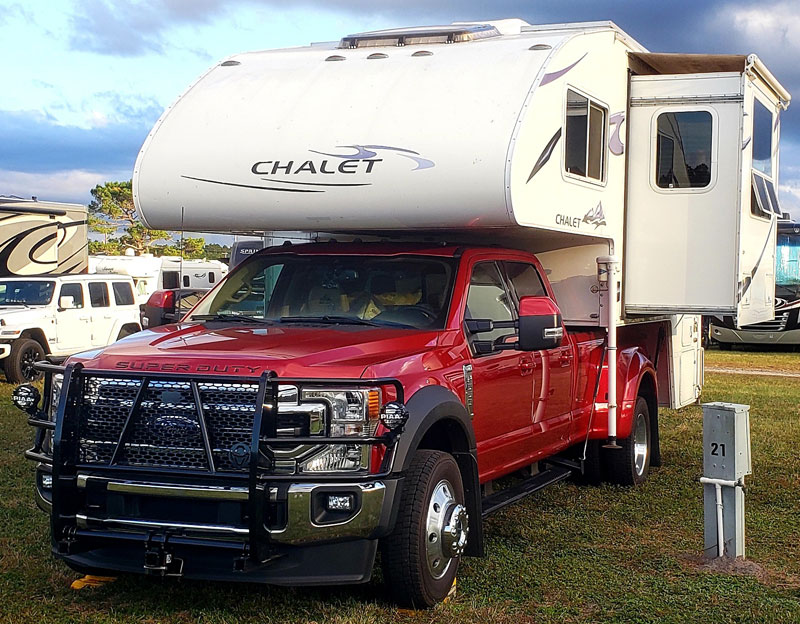
We spent ten years researching all makes and models before choosing the Chalet DS116RB with double slides—and for good reason. It allows direct access to the bathroom without opening the slides, offers double entry into the cabover so we don’t disturb each other during nighttime trips, and it has a true dry bath.
After taking our two-year trip around the country and visiting all 49 states, we embarked on a once-in-a-lifetime journey down to Baja, Mexico. We selected a reputable tour guide—Baja Amigos—and gathered seven great truck camping friends to join us. For thirty days, we traveled deep into Baja, stopping at incredible sights along the way.
We camped many nights right on the beach and enjoyed fresh, local food prepared just steps from the ocean. Along the way, we also sampled some surprisingly good local beer!
A truck camper proved to be the perfect vehicle for this kind of adventure. Its compact size allowed us to fit multiple campers together on the beach—something a larger rig could never manage. It also fit perfectly into small downtown campsites where space was tight. And having a robust, heavy-duty truck gave us the confidence to handle Baja’s winding, narrow paths with ease.
I have two stories from Baja that really stand out. At one beach location, there were very few spots left for campers. The tour guide told us we’d probably have to park far apart from each other. A few of us surveyed the space, and one by one, four of us backed in—carefully and precisely—allowing all four campers to fit into a single spot. The tour guide was amazed and impressed, saying he had never seen anything like it before!
In Guerrero Negro, we all went on a whale-watching excursion. At first, we were simply hopeful to catch a glimpse of a few whales. But to our surprise, we experienced far more than we could have ever imagined. Thousands of whales were in the harbor, and our little boat was right among them. One by one, the whales came up to our boat, lifting their massive heads so close that we could reach out and touch them! It was truly an unbelievable, once-in-a-lifetime moment.
Larry and Joyce Sommerfield
Wimberley, Texas
2011 Chevy 2500HD
2020 Northstar Liberty
We never owned any type of RV. But after watching YouTube videos of people traveling to Alaska in a truck camper (full disclosure – Mortons on the Move: Go North–Alaska), we were convinced it was the best way for us to begin our own RV travel adventures, especially our long-anticipated trip to Alaska.
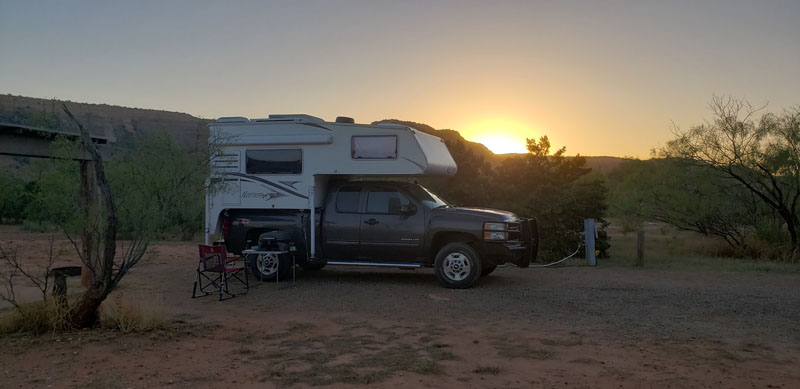
Since we already owned a Chevy 2500 truck, the Northstar Liberty turned out to be a perfect fit. It gives us the freedom to camp just about anywhere—Alaska, the National Parks, and so many other beautiful places.
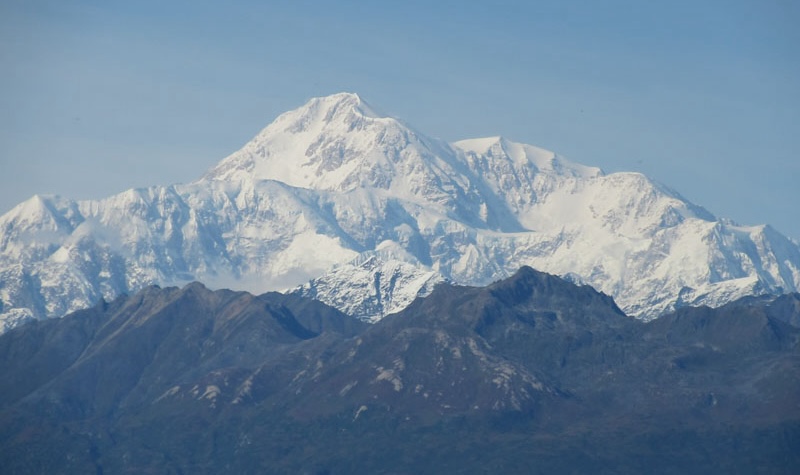
Some of our most unforgettable moments include spotting wildlife across Alaska and Canada, and taking in breathtaking scenery like Mount Denali and Old Faithful.
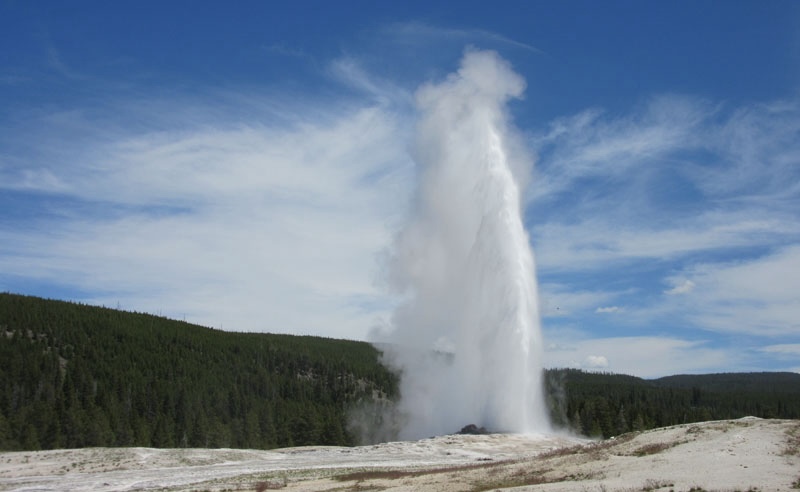
One especially crazy coincidence still makes us smile. I had read a post in our Northstar truck camper Facebook group from a couple traveling through the mountains of New Mexico—exactly where we were planning to go. I reached out with a question about a campground they had stayed at, and they were kind enough to offer helpful advice.
A few weeks later, as we were driving along a narrow mountain road in the Gila National Forest, we suddenly found ourselves face to face with the very same couple. As we pulled up side by side, I instantly recognized them and shouted out their name. We all had a good laugh and enjoyed one of those special “it’s a small world” moments.
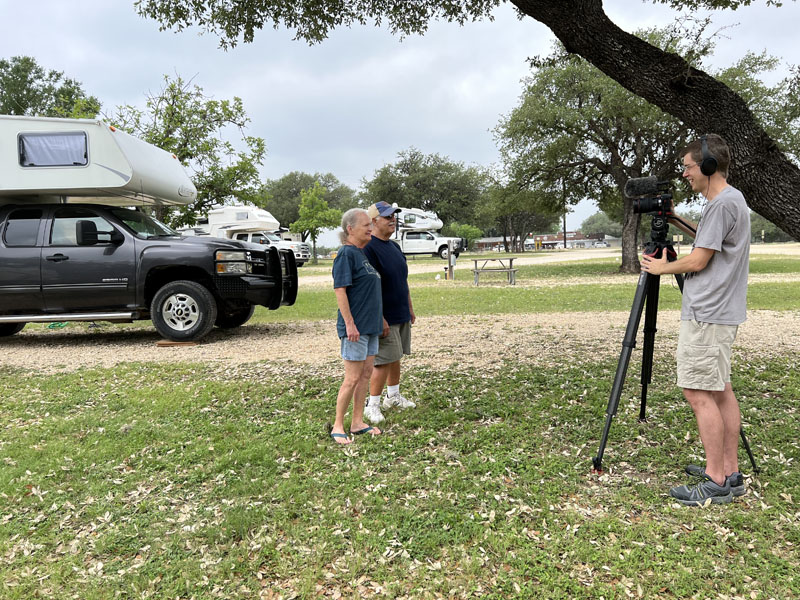
Another highlight was meeting you guys—and Cosmo—at the Texas Truck Camper Rally, and being featured in the video you made. That experience added another layer of connection to our truck camper journey.
Check out more stories about fellow truck campers in our lifestyle story section.
